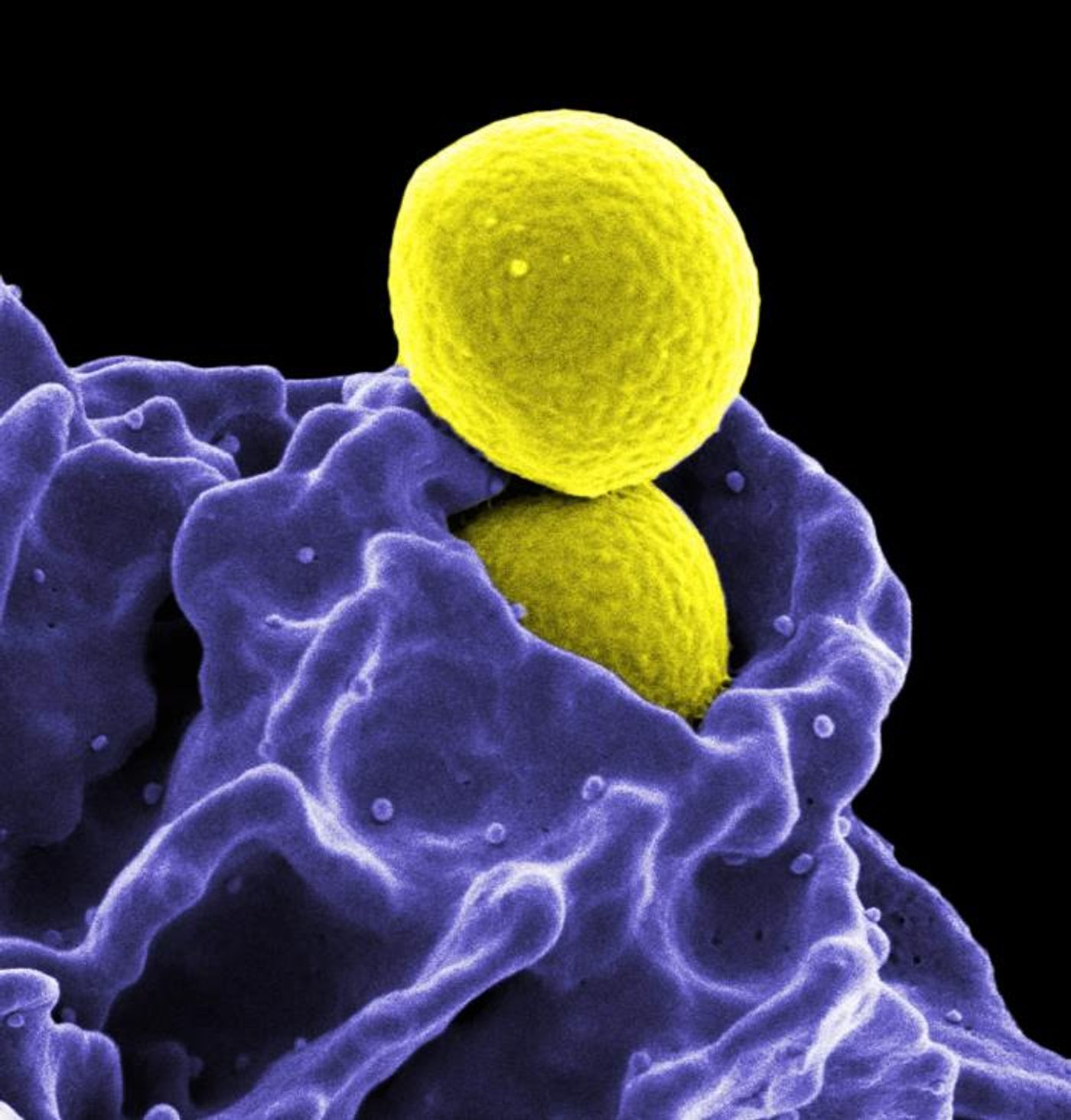Antibiotic Resistance is Still on the Rise
In 2016, organizations like the US Centers for Disease Control and Prevention participated in a meeting at the United Nations to assess the threat posed by pathogenic microbes that are resistant to antibiotics. A follow-up meeting in 2018 confirmed that the problem of drug-resistant microbes was still urgent. New data released by the European Centre for Disease Prevention and Control (ECDC) and European Food Safety Authority (EFSA) has shown that common antibiotics used to treat infections like salmonellosis that can be passed from animals to humans are not working as well. The report shows that while there have been some advances, in other ways we may be losing ground in this fight.
"The report released today should ring-again-alarm bells. It shows that we are entering into a world where more and more common infections become difficult or even sometimes impossible to treat. However, ambitious national policies in some countries limiting antimicrobial use have led to a decrease of antimicrobial resistance,” noted Vytenis Andriukaitis, EU Commissioner for Health and Food Safety.
There is still time for us to take other actions. “So before the alarm bells become a deafening siren, let's make sure that we increasingly act all together, in every country and across the public health, animal health and environment sectors under the One Health approach umbrella,” added Andriukaitis.
The report warns that a class of drugs called fluoroquinolones (ciproflaxin is in this group), is not effective against severe cases of campylobacteriosis in some countries; Campylobacter bacteria is becoming resistant to the drug. Very high proportions of these microbes are also resistant to tetracyclines, another class of antimicrobials.
Another microbe that is getting rougher to treat with fluoroquinolone when it causes an infection is Salmonella. Salmonella that is found in people and animals is increasingly resistant to several drugs - 28.3 percent of these microbes are estimated to be multidrug-resistant.
But another sign that we have a chance to combat drug resistance was the relatively low level of resistance to critical antimicrobials in both Salmonella and Campylobacter that was found in humans and animals, and a trial of E. coli in animals. So there are still ways to fight these infections.
"Now is the time to turn the tide on antimicrobial resistance if we want to keep antibiotics working," said Mike Catchpole, ECDC's Chief Scientist. "It's particularly worrying when it comes to combined resistance: even low proportions mean that many thousands of patients across the EU have limited treatment options for severe infections."
Data from humans, pigs, and calves under one year of age provided by 28 EU Member States confirms the rise in antibiotic resistance seen in previous years.
Zoonotic diseases are those that can pass from one species to another, for example, from a farm animal to a human. Learn more from the video.
Sources: AAAS/Eurekalert! via European Centre for Disease Prevention and Control









